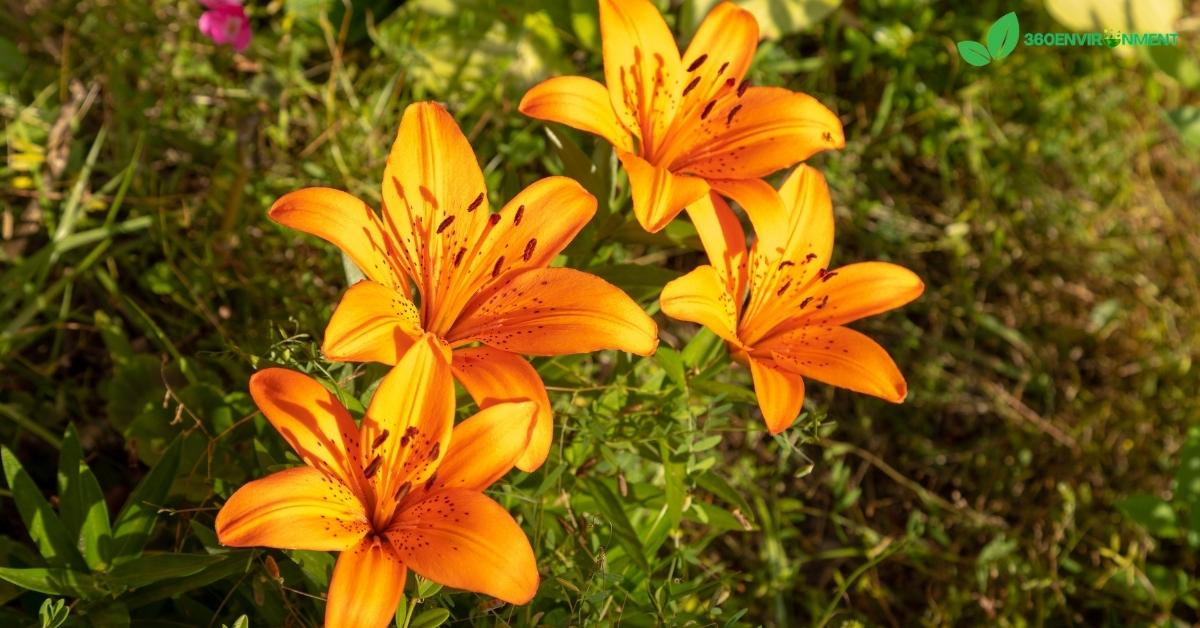Introduction
The Trumpet Lily, scientifically known as Lilium species, is a striking perennial plant celebrated for its large, fragrant, trumpet-shaped flowers. With a variety of species and cultivars, the Trumpet Lily is not only admired for its aesthetic appeal but also plays an essential role in various ecosystems. Found in temperate regions across the globe, these plants thrive in diverse environments, showcasing their adaptability and resilience.
This article aims to explore the ecological significance of the Trumpet Lily, examining its natural habitat, biological characteristics, role in pollination and biodiversity, care requirements, potential challenges, and conservation efforts. By understanding the importance of the Trumpet Lily, we can appreciate its value in both horticulture and the natural world.
1. Geographic and Biological Overview of Trumpet Lily
Understanding the geographic distribution and biological characteristics of the Trumpet Lily provides insight into its ecological significance.
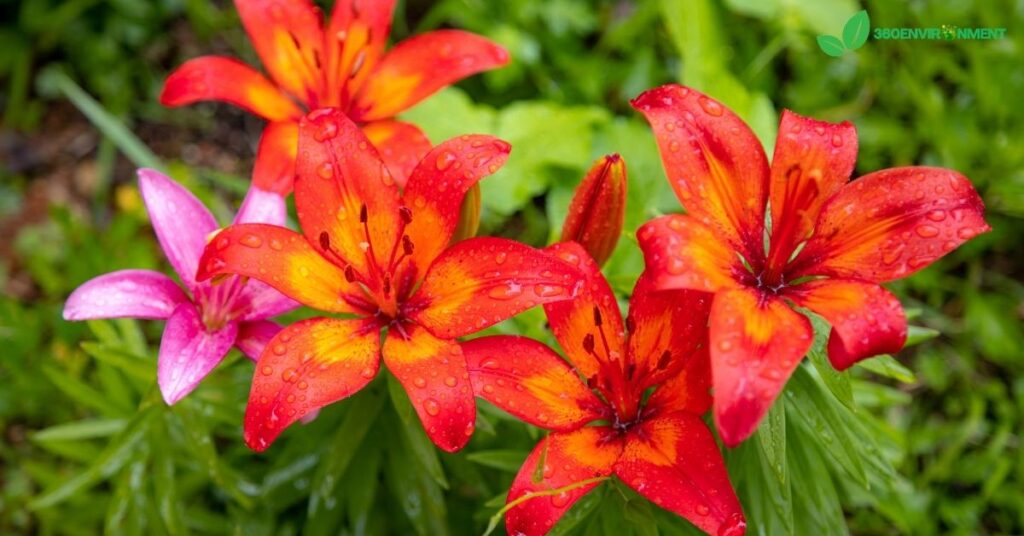
1.1. Geographic Distribution
Trumpet Lilies are primarily found in the Northern Hemisphere, thriving in regions with temperate climates. They are native to parts of Asia, Europe, and North America.
- Habitat Preferences: Trumpet Lilies prefer well-drained soils, often found in meadows, woodlands, and open forests. They can also be cultivated in gardens and landscapes, making them a popular choice among horticulturists.
- Species Variation: There are numerous species within the Lilium genus, including the Eastern Tiger Lily (Lilium lancifolium), the Asiatic Lily (Lilium asiaticum), and the Royal Lily (Lilium regale). Each species has distinct characteristics, but all share similar growth habits and ecological roles.
1.2. Biological Characteristics
Trumpet Lilies exhibit unique biological traits that contribute to their adaptability and beauty.
- Flower Structure: The most defining feature of Trumpet Lilies is their large, trumpet-shaped flowers that come in a variety of colors, including white, yellow, orange, pink, and red. These flowers are not only visually striking but also emit a sweet fragrance, attracting pollinators.
- Leaf Arrangement: The leaves of the Trumpet Lily are typically lanceolate and arranged in whorls around the stem. This arrangement allows for efficient light capture, which is essential for photosynthesis.
- Growth Habit: Trumpet Lilies are perennial plants that can grow to heights of 2 to 6 feet, depending on the species. They typically bloom in mid to late summer, providing vibrant color to gardens and natural landscapes.
2. Ecological Importance of Trumpet Lily
The ecological significance of the Trumpet Lily extends beyond its beauty, playing a crucial role in various ecosystems.
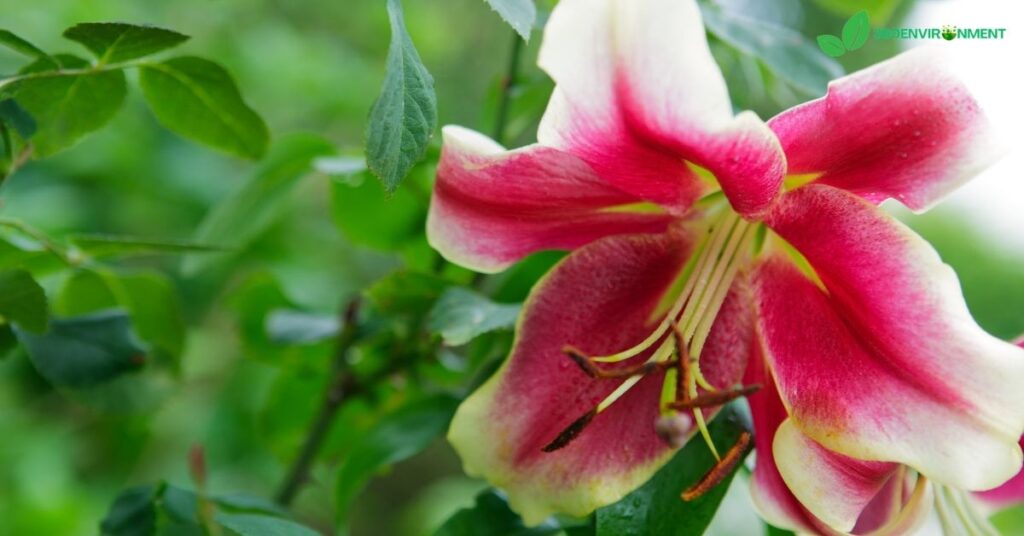
2.1. Pollination and Biodiversity
Trumpet Lilies are essential contributors to pollination and biodiversity within their ecosystems.
- Attracting Pollinators: The bright colors and sweet fragrance of Trumpet Lilies attract a variety of pollinators, including bees, butterflies, and hummingbirds. These creatures are essential for the reproduction of many flowering plants, including the Trumpet Lily itself.
- Supporting Ecosystem Diversity: By providing food resources for pollinators, Trumpet Lilies support a diverse community of organisms. This biodiversity is crucial for ecosystem resilience and health, ensuring that habitats can withstand environmental changes and disturbances.
2.2. Soil Health and Nutrient Cycling
Trumpet Lilies contribute to soil health and nutrient cycling, essential processes for maintaining healthy ecosystems.
- Root Structure: The root systems of Trumpet Lilies help stabilize soil and prevent erosion. By anchoring the soil, these plants reduce the risk of sediment runoff and contribute to the overall health of the soil ecosystem.
- Nutrient Contribution: As perennial plants, Trumpet Lilies cycle nutrients back into the soil through leaf litter and organic matter. This process enriches the soil, providing essential nutrients for other plants and promoting healthy growth.
3. Cultivation and Care of Trumpet Lily
Growing Trumpet Lilies in gardens or landscapes can enhance their aesthetic appeal and ecological value. Understanding their care requirements is essential for successful cultivation.
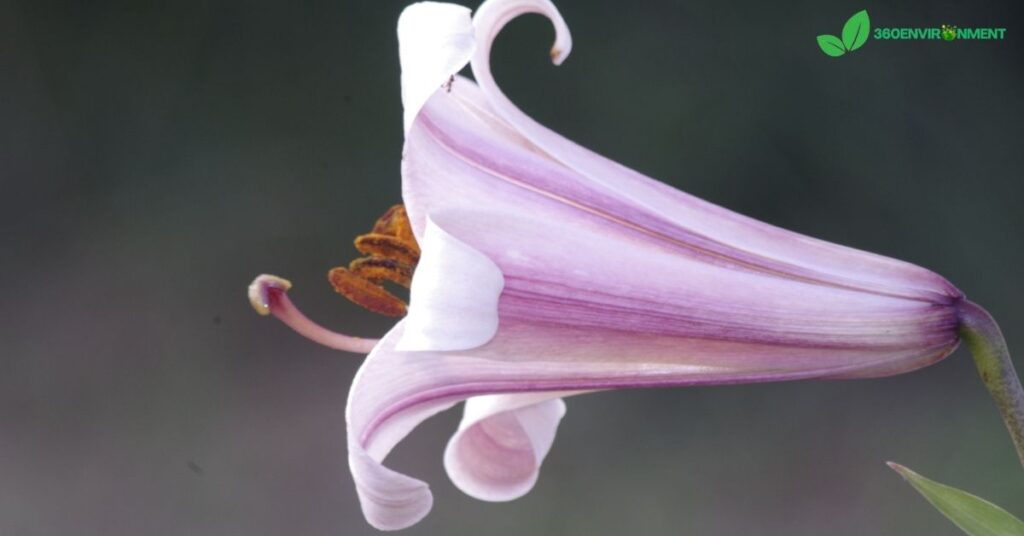
3.1. Soil Requirements
Trumpet Lilies thrive in well-drained soils that are rich in organic matter.
- Soil Type: Loamy soils with a good balance of sand, silt, and clay are ideal for Trumpet Lilies. They prefer slightly acidic to neutral pH levels (around 6.0 to 7.0).
- Soil Preparation: Before planting, amend the soil with compost or well-rotted manure to improve fertility and drainage. Proper soil preparation is essential for healthy root development.
3.2. Sunlight and Watering
Providing the right amount of sunlight and water is crucial for the successful growth of Trumpet Lilies.
- Light Conditions: Trumpet Lilies prefer full sun to partial shade. They thrive in locations that receive at least 6 hours of direct sunlight per day. In hotter climates, some afternoon shade can help protect the plants from heat stress.
- Watering Needs: Regular watering is important, especially during dry spells. The soil should be kept consistently moist but not waterlogged. Overwatering can lead to bulb rot, while underwatering can hinder growth.
3.3. Fertilization and Mulching
Proper fertilization and mulching can enhance the growth and blooming of Trumpet Lilies.
- Fertilization: A balanced, slow-release fertilizer can be applied in the spring as new growth emerges. Avoid over-fertilizing, as this can lead to excessive foliage growth at the expense of blooms.
- Mulching: Applying a layer of organic mulch around the base of the plants can help retain moisture, suppress weeds, and regulate soil temperature. Mulch also contributes to soil health as it breaks down over time.
3.4. Pest and Disease Management
Managing pests and diseases is crucial for maintaining the health of Trumpet Lilies.
- Common Pests: Aphids, lily beetles, and spider mites can pose threats to Trumpet Lilies. Regular monitoring and the use of insecticidal soap or neem oil can help control these pests.
- Diseases: Fungal diseases, such as botrytis blight, can affect Trumpet Lilies, particularly in humid conditions. Good air circulation, proper watering practices, and avoiding overhead watering can help prevent disease outbreaks.
3.5. Planting and Propagation
Planting and propagating Trumpet Lilies can be done through bulbs or seeds.
- Bulb Planting: Trumpet Lily bulbs should be planted in the fall or early spring. Plant them about 6 to 8 inches deep, with the pointed end facing up. Space bulbs approximately 12 to 18 inches apart to allow for proper growth.
- Seed Propagation: While less common, Trumpet Lilies can also be grown from seeds. This process requires patience, as seeds may take several months to germinate. Stratification (cold treatment) may be necessary for successful germination.
4. Challenges Facing Trumpet Lily Populations
Despite their beauty and ecological significance, Trumpet Lilies face several challenges that threaten their populations and habitats.
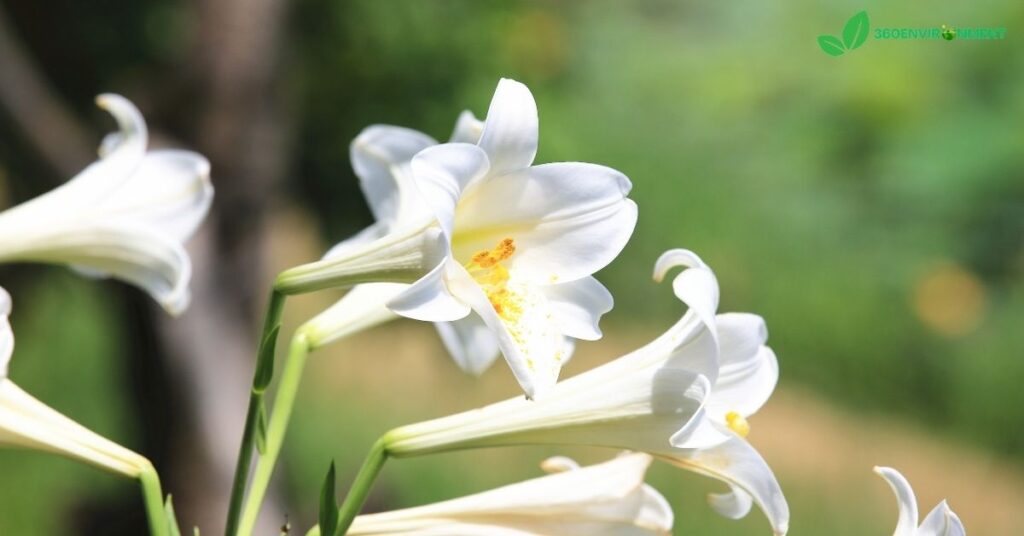
4.1. Habitat Loss
The destruction of natural habitats poses a significant threat to Trumpet Lily populations.
- Urbanization: Development for housing, agriculture, and industry can lead to habitat fragmentation and loss. As natural landscapes are converted into urban areas, the available habitats for Trumpet Lilies diminish.
- Land Use Changes: Agricultural practices, including the use of pesticides and herbicides, can negatively impact Trumpet Lily populations and their pollinators. This can lead to declines in native plant diversity and disrupt local ecosystems.
4.2. Climate Change
Climate change poses a growing threat to Trumpet Lilies and their ecosystems.
- Temperature Fluctuations: Rising temperatures can alter the distribution of plant species, affecting the habitats where Trumpet Lilies thrive. Some populations may struggle to adapt to changing conditions, leading to declines.
- Altered Precipitation Patterns: Changes in rainfall patterns can impact water availability for Trumpet Lilies, affecting their growth and reproduction. Drought conditions can stress these plants and reduce blooming.
4.3. Invasive Species
The introduction of invasive species can threaten native plant populations, including Trumpet Lilies.
- Competition for Resources: Invasive plants often outcompete native species for resources such as light, water, and nutrients. This competition can lead to declines in native biodiversity and disrupt local ecosystems.
- Altered Ecosystem Dynamics: Invasive species can change the structure and function of ecosystems, impacting food webs and nutrient cycling. Managing invasive populations is essential for protecting native flora, including Trumpet Lilies.
5. Conservation Efforts for Trumpet Lily
To address the challenges facing Trumpet Lilies, various conservation efforts have been implemented to protect their populations and habitats. These initiatives involve collaboration among government agencies, non-profit organizations, local communities, and researchers.
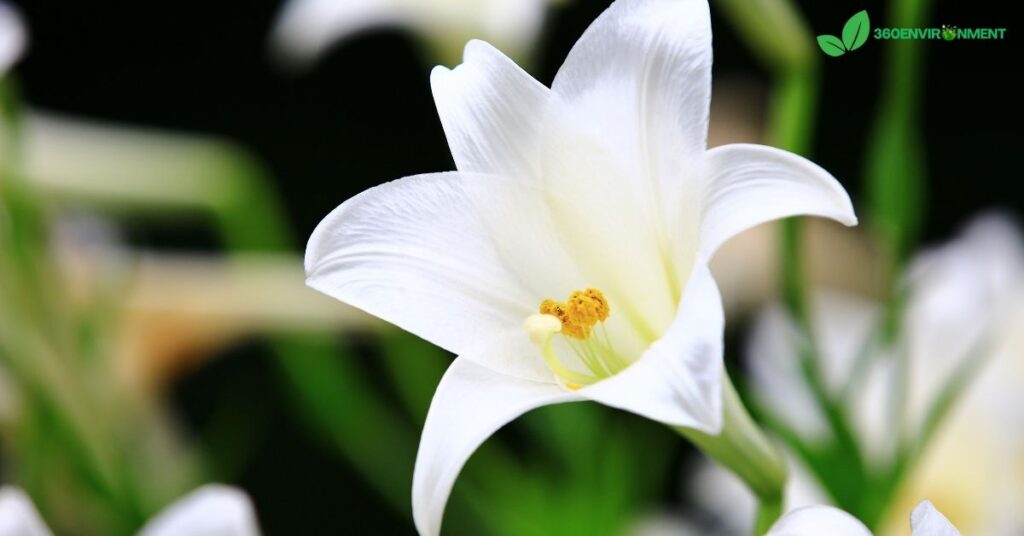
5.1. Habitat Conservation
Efforts to conserve and restore habitats are crucial for the protection of Trumpet Lilies.
- Protected Areas: Establishing protected areas, such as nature reserves and national parks, can help safeguard habitats that support Trumpet Lilies and other native species. These areas provide refuge for plants and wildlife, ensuring their continued survival.
- Restoration Projects: Restoration initiatives aimed at rehabilitating degraded habitats can enhance the ecological integrity of areas where Trumpet Lilies grow. This may involve replanting native vegetation and improving soil health.
5.2. Education and Awareness
Raising public awareness about the importance of Trumpet Lilies and their habitats is essential for fostering a culture of conservation.
- Community Education: Educational programs that focus on the ecological significance of Trumpet Lilies can inspire
community members to engage in conservation efforts. Workshops, nature walks, and educational campaigns can help raise awareness about the ecological roles of these plants and the need to protect their habitats.
- School Programs: Integrating environmental education into school curricula can instill a sense of responsibility in young people regarding the conservation of native plants. Field trips to local natural areas, including those with Trumpet Lilies, can provide hands-on learning experiences that foster a connection to nature.
5.3. Research and Monitoring
Ongoing research and monitoring are crucial for understanding the ecology of Trumpet Lilies and informing conservation efforts.
- Ecological Studies: Researching the ecology, growth patterns, and reproductive biology of Trumpet Lilies can provide valuable insights into their needs and vulnerabilities. Understanding these aspects can help in developing effective conservation strategies.
- Population Monitoring: Monitoring populations of Trumpet Lilies in the wild can help detect declines and assess the health of their habitats. Citizen science initiatives that involve local volunteers can enhance data collection and contribute to conservation planning.
5.4. Invasive Species Management
Addressing the threat of invasive species is critical for protecting Trumpet Lily populations.
- Control Programs: Implementing control programs to manage invasive plant species in areas where Trumpet Lilies grow can help reduce competition and restore native biodiversity. These programs may involve physical removal, targeted herbicide application, or the use of biological control methods.
- Public Engagement: Engaging the community in invasive species removal efforts can raise awareness about the impacts of non-native plants on local ecosystems. Volunteer days focused on invasive species management can foster a sense of ownership and responsibility for local habitats.
6. The Role of Policy and Governance in Protecting Trumpet Lily
Effective policy and governance are essential for the conservation and protection of Trumpet Lilies. Collaborative approaches involving various stakeholders can enhance the sustainability of this vital species.
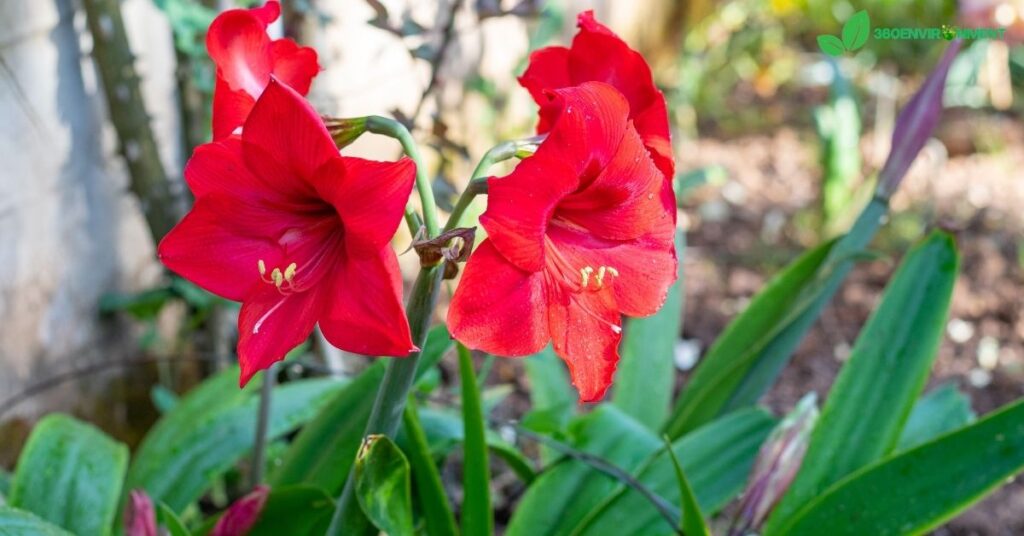
6.1. Regulatory Frameworks
Establishing regulatory frameworks to protect native plant species and their habitats is crucial.
- Endangered Species Protection: Enacting and enforcing laws that protect endangered and threatened plant species, including Trumpet Lilies, can help ensure their survival. This protection can include habitat conservation and restoration efforts.
- Land Use Planning: Local governments can implement land use planning strategies that prioritize the conservation of natural habitats. Zoning regulations can help limit development in sensitive areas where Trumpet Lilies thrive.
6.2. Collaborative Governance
Collaborative governance approaches that involve multiple stakeholders can enhance the management of Trumpet Lilies.
- Partnerships with NGOs: Collaborating with non-governmental organizations focused on conservation can enhance the effectiveness of management strategies. These partnerships can facilitate funding, research, and public engagement efforts.
- Engaging Indigenous Communities: Involving Indigenous communities in conservation efforts can provide valuable insights and traditional knowledge that contribute to sustainable management practices. Recognizing their historical ties to the land is essential for effective conservation.
7. The Aesthetic and Cultural Significance of Trumpet Lily
Beyond their ecological importance, Trumpet Lilies hold aesthetic and cultural significance that enriches human experiences and landscapes.
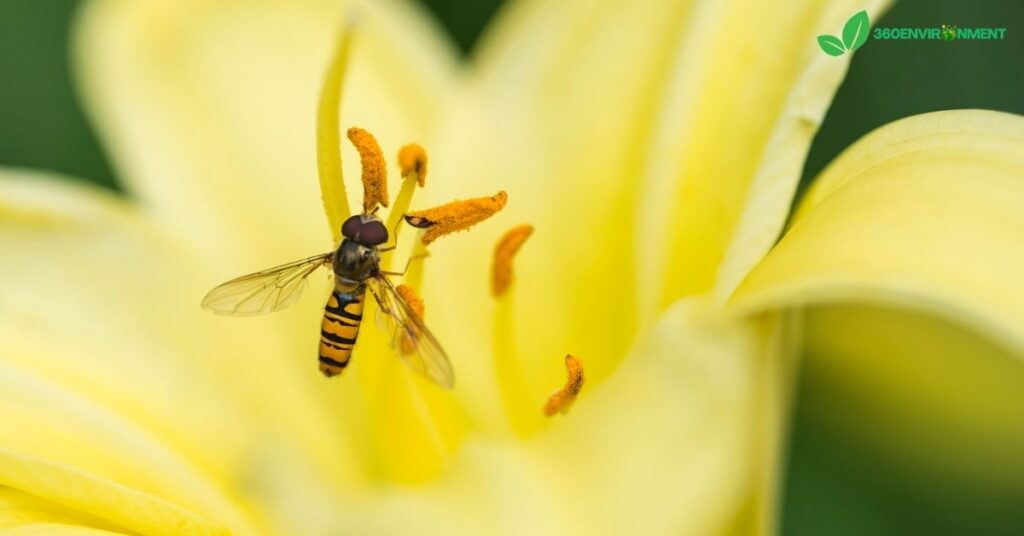
7.1. Horticultural Appeal
Trumpet Lilies are prized for their stunning flowers and fragrance, making them popular choices in gardens and landscapes.
- Garden Design: The bold colors and large blooms of Trumpet Lilies add drama and beauty to garden designs. They are often used in perennial borders, mixed flower beds, and as focal points in landscaping.
- Cut Flowers: Trumpet Lilies are also popular as cut flowers, appreciated for their beauty and fragrance in floral arrangements. They bring a touch of nature indoors, enhancing living spaces and celebrations.
7.2. Cultural Significance
Trumpet Lilies have been celebrated in various cultures for their beauty and symbolism.
- Symbolism: In some cultures, lilies are associated with purity, renewal, and rebirth. They are often used in art, literature, and religious ceremonies to convey these meanings.
- Festivals and Traditions: In certain regions, festivals and traditions celebrate the blooming of lilies, drawing communities together to appreciate the beauty of these flowers. Such events can promote environmental awareness and community engagement.
8. Future Directions for Trumpet Lily Conservation
Looking forward, the conservation of Trumpet Lilies will depend on continued efforts to address environmental challenges and promote sustainable practices.

8.1. Climate Resilience Strategies
Developing and implementing climate resilience strategies will be critical for enhancing the adaptability of Trumpet Lilies to climate change impacts.
- Habitat Protection: Protecting critical habitats where Trumpet Lilies grow can help these plants adapt to changing conditions. Ensuring that ecosystems remain intact is essential for their long-term survival.
- Research and Monitoring: Ongoing research to understand the effects of climate change on Trumpet Lilies will be vital for developing effective conservation strategies. Monitoring changes in growth patterns and populations can help inform management decisions.
8.2. Sustainable Practices
Promoting sustainable horticultural practices can enhance the health and longevity of Trumpet Lily populations.
- Responsible Cultivation: Encouraging gardeners and horticulturists to use sustainable practices, such as organic fertilizers and integrated pest management, can help protect native populations and promote ecological health.
- Education and Outreach: Raising awareness about the importance of native plants and sustainable gardening practices can encourage individuals to make informed choices that benefit local ecosystems.
8.3. Community Engagement
Empowering local communities to take an active role in conservation efforts can lead to more sustainable outcomes.
- Citizen Science Programs: Engaging community members in citizen science initiatives can foster a sense of ownership and responsibility for local ecosystems. Participants can help monitor Trumpet Lily populations and contribute to data collection.
- Cultural Awareness: Promoting cultural awareness of Trumpet Lilies and their significance can enhance community pride and advocacy for conservation. Educational programs that celebrate the historical and cultural importance of these plants can foster a connection between people and nature.
9. Conclusion: The Importance of Protecting Trumpet Lily
Trumpet Lilies are not only beautiful flowers that enhance our gardens and landscapes but also play a crucial role in maintaining ecological balance and supporting biodiversity. Their contributions to pollination, soil health, and ecosystem resilience highlight the need for their protection and conservation.
By understanding the challenges facing Trumpet Lilies and implementing effective strategies, we can ensure that these remarkable plants continue to thrive in our natural and cultivated environments. Through collaboration, education, and advocacy, we can create a sustainable future for Trumpet Lilies, allowing them to flourish and enrich our lives for generations to come.
As we celebrate the beauty and significance of Trumpet Lilies, let us commit to protecting these vital plants and the ecosystems they support. Together, we can safeguard their legacy and ensure that future generations can enjoy the splendor and ecological benefits of Trumpet Lilies.
Read More: The Bird Bill Flower: Understanding Its Ecology, Adaptations, and Role in the Ecosystem

